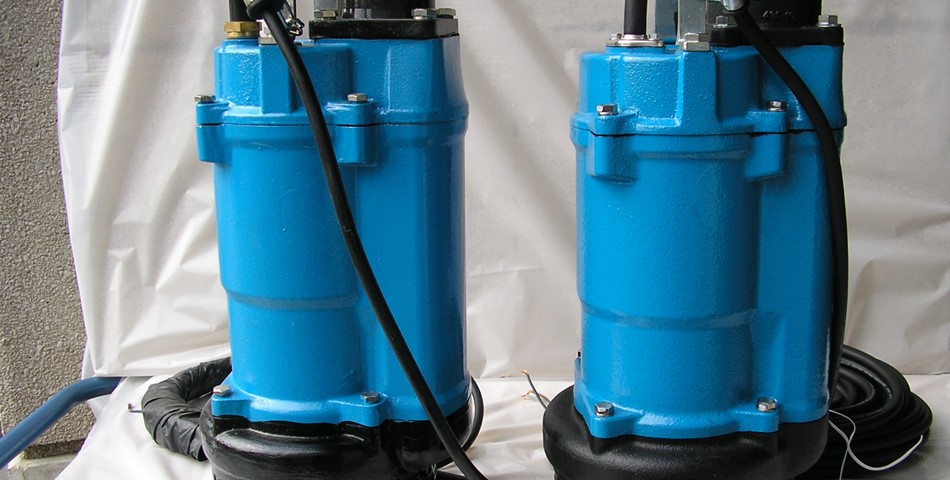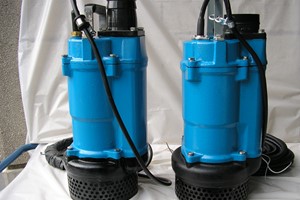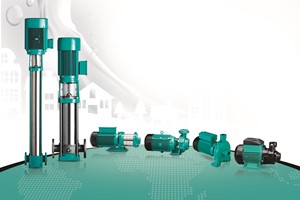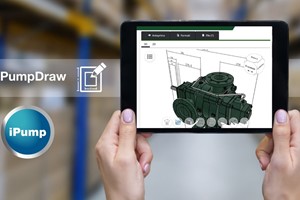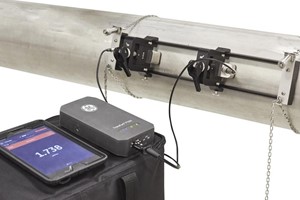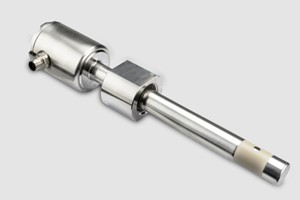Anyone who buys dewatering pumps should not just focus on the pumping quantity and delivery head. The ability of a pump to withstand the loads it is subjected to primarily depend on its design and components – and these are hidden inside the pump. What are the things to look out for? “Unfortunately, it is very difficult for many users to recognise the quality of an aggregate simply by looking at it,” says Stefan Himmelsbach.
A fact known and exploited by dubious manufacturers true to the motto ‘Darkness favours secrets’. The engineering expert at Düsseldorf-based Tsurumi, the market leader in the construction pump industry, presents a brazen forgery from the Far East: Even experts cannot tell the difference from the original at first glance. This market well-known manufacturer has taken legal steps against product pirates to prevent copies even entering the market, but things get more difficult when the pumps have their own brand character.
“The price is often an indication that they might not deliver what they promise.” Himmelsbach recommends taking a close look at the name plate first. “All pumps marketed in the EU must have a name plate”. It states information about the following 5 points as a minimum requirement: manufacturer, machine designation, and type, if necessary with serial number, year of construction and CE seal. “Lots of discounters from abroad are not aware of these requirements”. Providing wrong information is not a small blunder; if there is no CE logo, the pump is simply not approved. And this casts a shadow on the reliability of other data, e.g. the electrical output. “Some buyers are not aware that they will be liable in the event of an accident.” The electrics are of course a neuralgic point: starting with the cables. “We and other reputed manufacturers use cables that have been certified by the VDE and are safe”, emphasizes Himmelsbach.
Often looking at the identification on the cable sheath will offer clarity. He makes reference to the Association’s website that lists faulty components and their manufacturers: “This list names the black sheep in the industry”. Tsurumi takes numerous steps to secure its products down to the finest detail. Using approved components is a mandatory requirement. One example that demonstrates how the company goes beyond its normal duty of care are the individually moulded electrical cables in the cable opening: Electrical damage, such as short circuits caused by damp, can be completely ruled out thanks to this hermetic seal.



